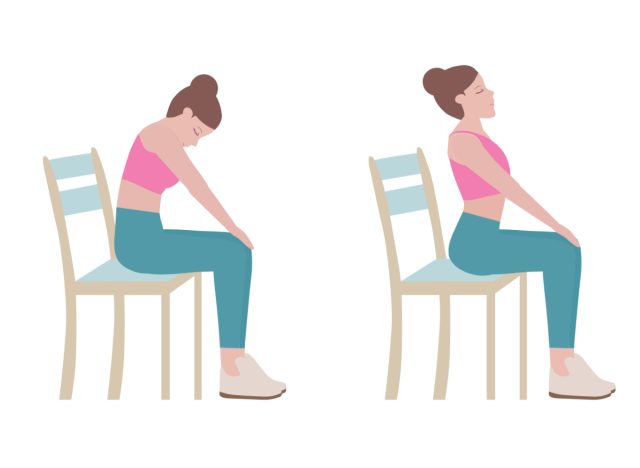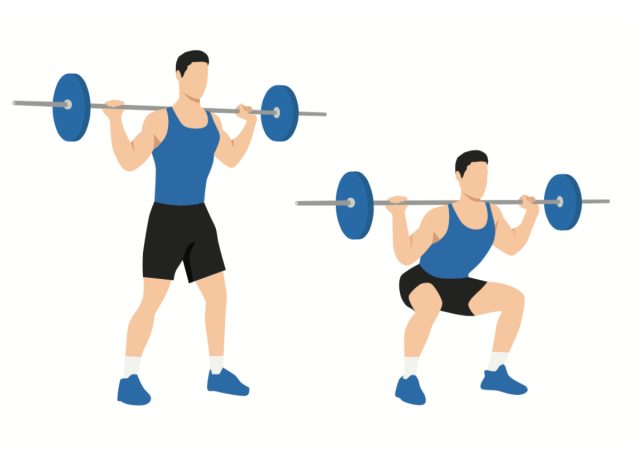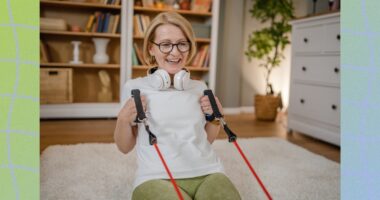
During the COVID-19 outbreak, telehealth provided a bridge to care, and it now provides an impetus to rethink virtual and hybrid virtual/in-person care models to improve healthcare access, results, and affordability. Patients with COVID-19 can be safely managed at home via telemedicine, from initial home isolation to recovery or hospital admission if stress becomes chronic.
In a study including 150 patients with risk indicators for a severe advancement of the disease, a team from the Technical University of Munich (TUM) has now successfully proved the telemedicine care benefits. COVID-19 patients must be placed in home isolation. However, if high-risk patients develop a severe progression while alone, this can be deadly. In this instance, getting to the hospital on time for treatment is crucial for survival. Unfortunately, many COVID-19 patients are unaware that their health is deteriorating until it is too late. Playing it safe and admitting all at-risk patients as soon as they are diagnosed would overload clinics.
‘Ear sensor reports are followed up regularly by the healthcare team, aid them to help COVID-19 patients who are in need critically.’
READ RELATED: Why Should You Add Black Beans To Your Diet?
In 15-minute intervals, the sensor captured all key variables such as body temperature, heart rate, respiration rate, and oxygen saturation and relayed the data to TUM’s university hospital Klinikum Rechts der Isar’s telemedicine center. There, the crew kept a close eye on all incoming data. In addition, at least once a day, each participant was phoned to inquire about his or her condition. The team called the severely ill patients.
“To our knowledge, this is the first study worldwide to continuously monitor patients in home isolation remotely and to prompt immediate hospitalization in the event of critical health deterioration,” said Prof. Georg Schmidt, head of the Biosignal Processing Group at the Klinikum rechts der Isar.
The study illustrates that COVID-19 risk patients can be monitored effectively using telemedicine, potentially saving valuable resources in future waves of infection. Patients were also very satisfied and felt significantly safer, thanks to the continuous monitoring.
Source: Medindia
Source:








